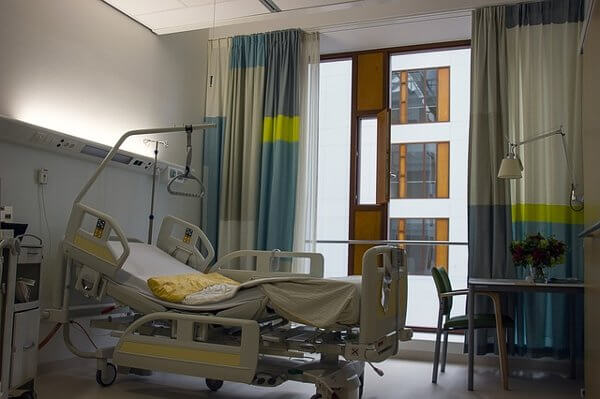Nursing Home Negligence Can Lead to Bedsores
If you have made the difficult decision to move a family member into an assisted living center, you should be able to rest easy, knowing that your loved one is in good hands and will receive top-quality care. Sadly, in far too many cases, Connecticut nursing homes act negligently, putting their residents at risk of injury.
Bedsores are one of the most commonly occurring types of nursing home injuries. Here, we’ll discuss the dangers of bedsores in nursing homes, and what victims can do to protect their legal rights.
What are Bedsores?
Bedsores are also called pressures sores or pressure ulcers. In medical terms, a bedsore is a localized skin injury that impacts the underlying tissue of the victim. Bedsores can develop on many different parts of the body. They vary considerably in their level of severity. There are four different stages of bedsores, and they get progressively worse if left untreated.
- Stage One: The least severe type of bedsore involves persistent skin rashes or general irritation. Stage one bedsores cause considerable discomfort.
- Stage Two: When a bedsore reaches stage two severity, it means that some of the skin will have peeled away. Painful blistering, cratering or abrasions will be present at the wound site. At this point, immediate and aggressive medical intervention is required.
- Stage Three: Stage three bedsores should never occur. This type of injury suggests that the victim did not receive proper attention. A very deep, extremely painful crater will be visible on the skin. When a sore reaches this level of severity, it can be difficult to treat.
- Stage Four: The most severe type of bedsore, a stage four bedsore means that muscle or even bone is exposed. Beyond being debilitating and painful, a stage four bedsore can be life-threatening.
Why Do Bedsores Occurs in Nursing Homes?
- People with limited mobility and underlying weaknesses are at a higher risk for developing bedsores. The reality is that not every bedsore or skin condition can be completely prevented. But there are several things that nursing homes can do to prevent bedsores and stop them from getting any worse once they start to appear. Assisted living facilities have a duty to take steps that protect their residents from bedsores. For examples, nursing home staff should:
- Constantly monitor and reassess the skin condition of all residents;
- Carefully manage each patient’s skin moisture;
- Ensure that vulnerable residents are protected from any excess skin pressure; and
- Optimize each patient’s nutrition and hydration to facilitate overall skin health.
With proper care, good nutrition, effective skin management techniques and consistent inspection, bedsores can be prevented and quickly addressed. Unfortunately, in many cases, Connecticut nursing homes fail at these basic tasks. The negligence of staff members and management lead to innocent residents developing very serious bedsore injuries. If your loved one suffered this type of injury, you should speak to a qualified attorney as soon as possible. You may have a valid legal claim against the responsible nursing home.
